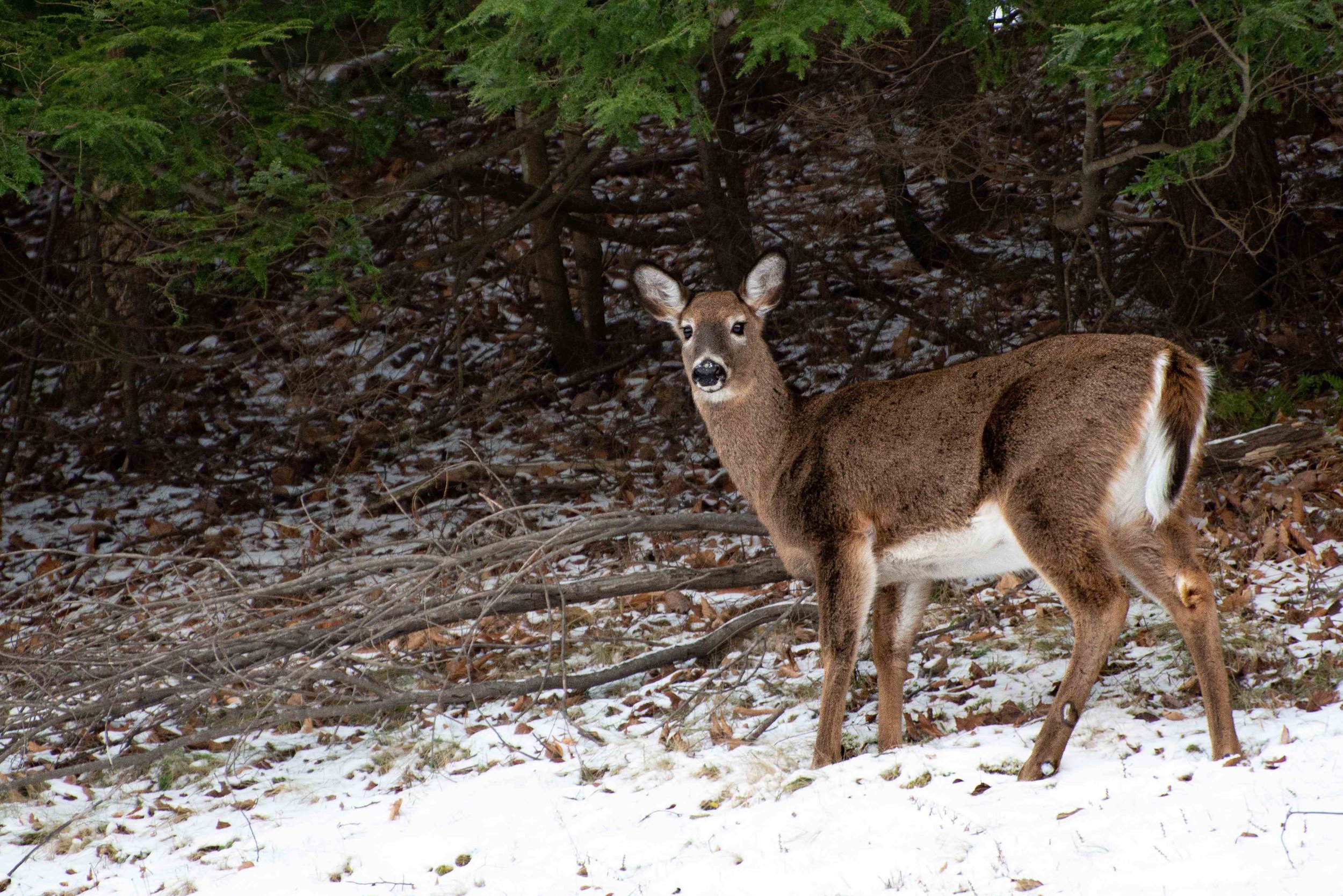
Public comment sought on proposed changes to deer, moose and turkey hunting regs
The Vermont Fish and Wildlife Board is seeking public comment on proposed changes to Vermont’s white-tailed deer, moose and turkey hunting regulations, as well as the rules for transporting wild game meat from out of state.

Ice fishing season is here
January is the start of ice fishing season in Vermont, and a forecast of cold weather over the coming week should offer increasing opportunities to safely enjoy this fun and accessible winter activity.

Bat week message: Homes for Bats on Halloween
The onset of fall sends bats into motion, which makes it an important time for conservation-minded Vermonters to learn about and help conserve the nine bat species native to Vermont.

Cool Vermont wildlife news: Rare Canada lynx sightings continue
After a rare Canada lynx was confirmed in Vermont last August for the first time in years, biologists with the Vermont Fish and Wildlife Department have continued to receive verifiable photos and videos of what they believe is the same individual wild cat.

State releases new bear population data ahead of bear hunting season
Vermont’s black bear population has declined slightly based on estimates using 2023 data that shows the state has roughly 6,300 to 7,600 bears, according to the Vermont Fish and Wildlife Department.

Living with wildlife: Bats in your house?
Bats are everywhere! It may feel that way to some of Vermont’s human residents. Summer is when some species of bats gather in colonies to raise their young in human-made structures such as houses, barns, office buildings, and bat houses, but fall is the safe time to get them out.
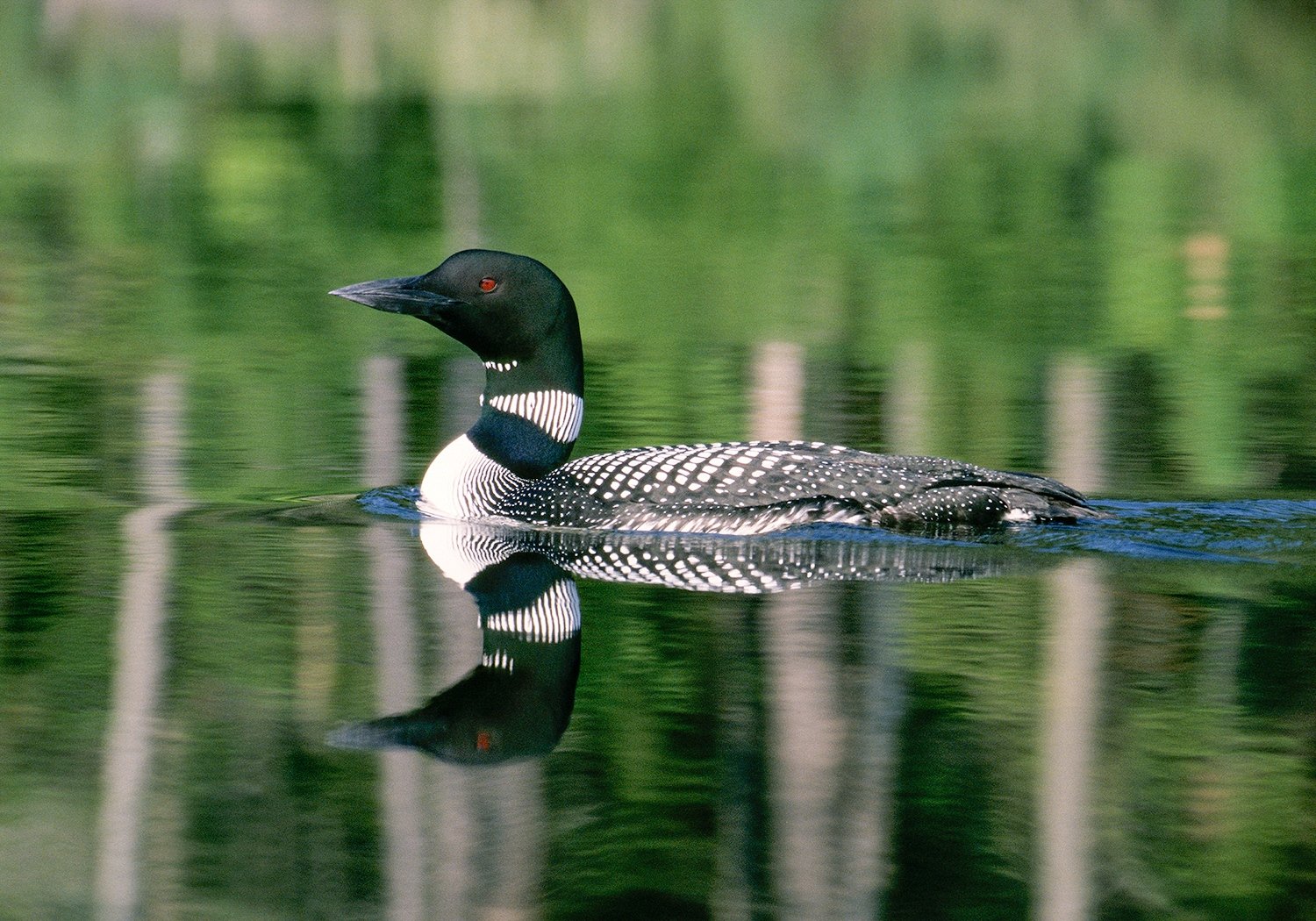
Protect nesting loons, chicks by enjoying from a distance
Few birding experiences rival hearing the haunting call of the loon or seeing them glide by in protected coves on a lake. For the birds’ protection, the Vermont Fish and Wildlife Department asks boaters and anglers to enjoy loons from a safe distance this summer.

Vermont Fish & Wildlife: Fawns found alone aren’t lost
Deer fawns are being born this time of year and state wildlife officials ask people to avoid disturbing or picking them up.
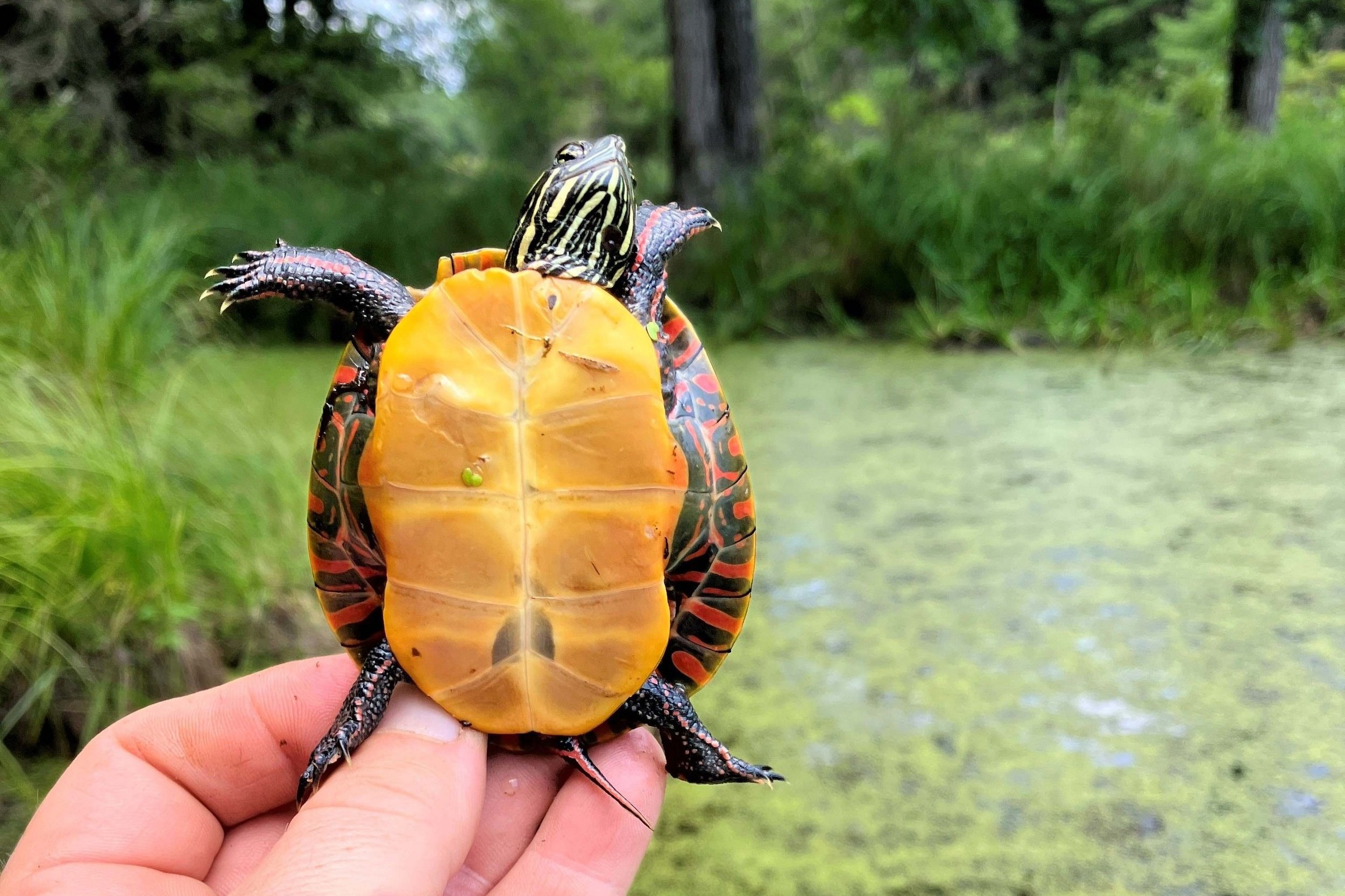
Vt. Fish & Wildlife: Leave wild turtles alone
As amphibians and reptiles are on the move in springtime, the Vermont Fish and Wildlife Department reminds the public that keeping native turtles as pets is prohibited because it can harm turtles and threaten wild turtle populations.
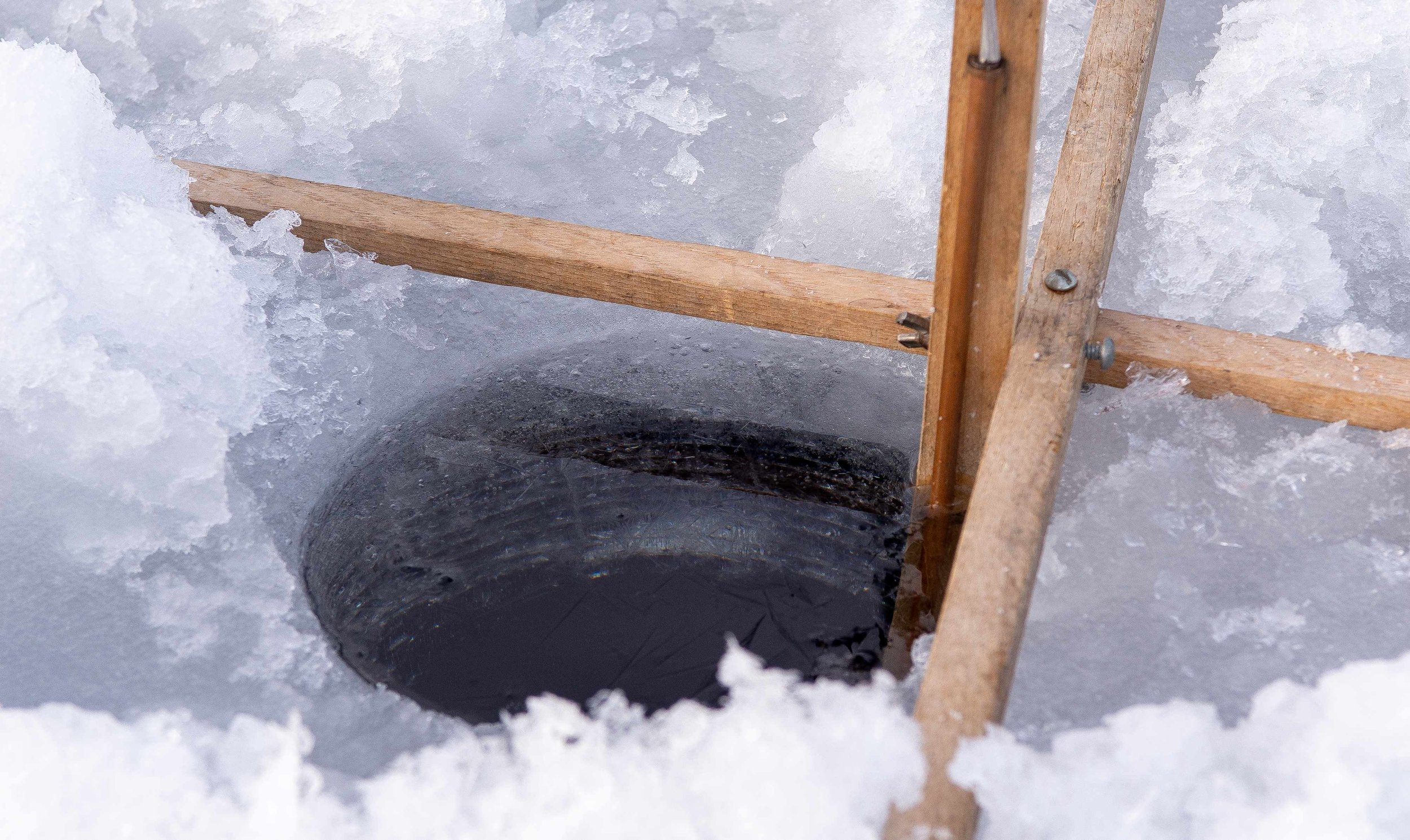
Anglers cautioned to assess ice fishing conditions carefully
Ice conditions across Vermont are inconsistent due to warm and variable weather, and the Vermont Fish and Wildlife Department is urging anglers to put safety first if they venture out ice fishing.

December marks the start of bird-feeding season
December 1 marks the start of wild bird-feeding season, the time of year when bears are likely to no longer be on the move and attracted to feeders near human homes.
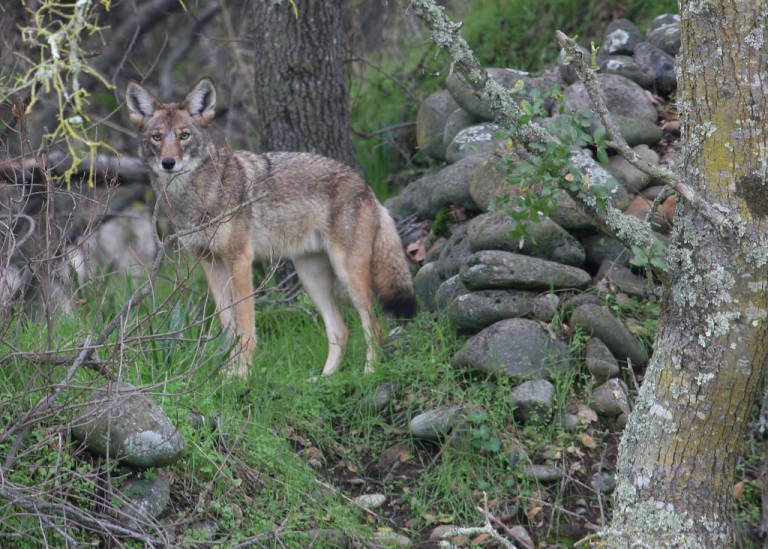
Fish & Wildlife Board holds special meeting Thursday on regs for trapping, & hunting coyotes with dogs
MONTPELIER – The Vermont Fish and Wildlife Board will hold a special meeting to review recommendations from the Vermont Fish and Wildlife Department on trapping and on hunting coyotes with the aid of dogs. The virtual meeting will take place at 12 p.m., Thursday, Nov. 30.
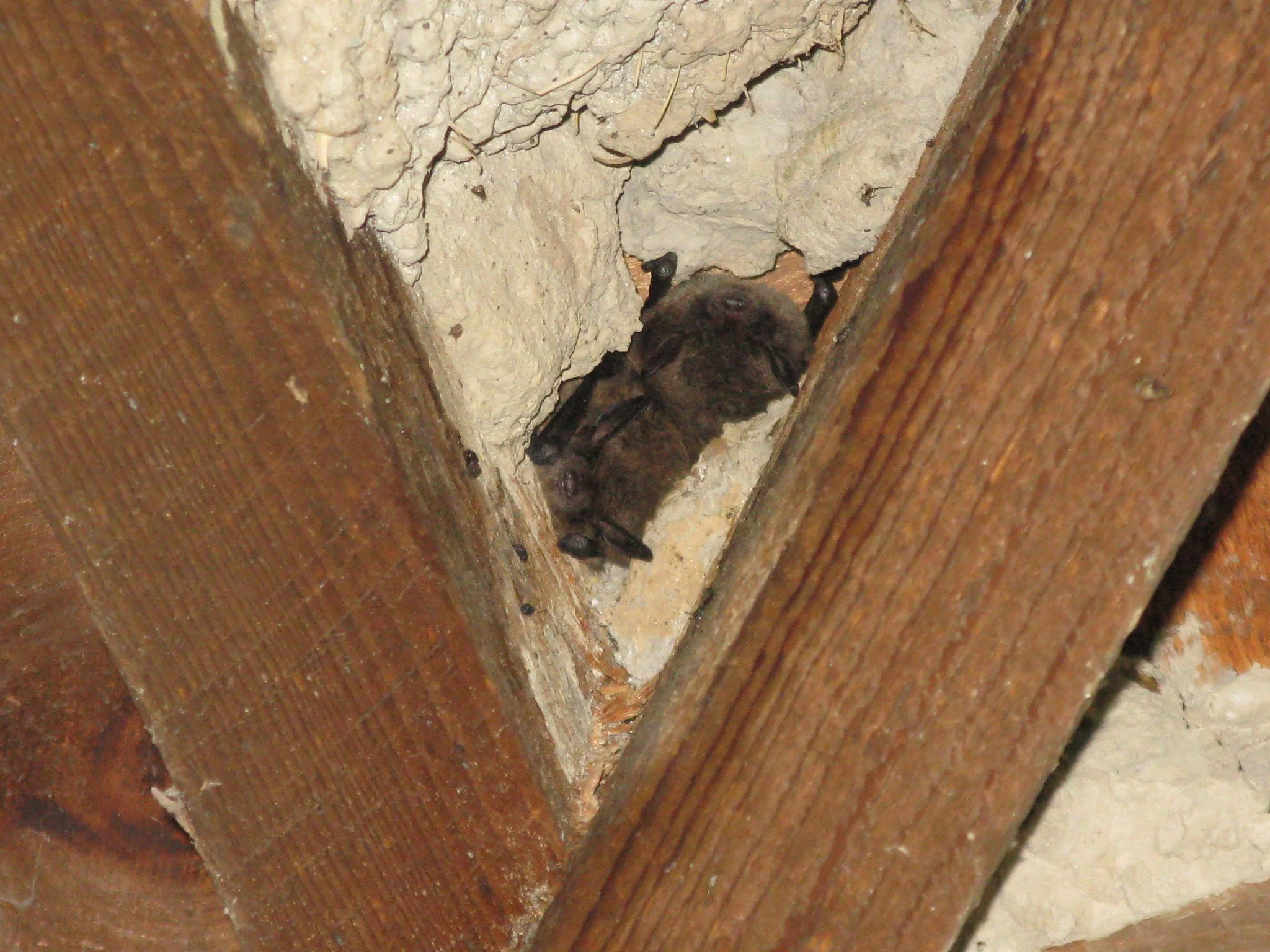
Fall is the time to safely evict bats from houses
It may feel like bats are everywhere to some of Vermont’s human residents. Summer is when some species of bats gather in colonies to raise their young in human-made structures such as houses, barns, office buildings, and bat houses.

Vt. F&W: Leave logs, boulders, in rivers to help fish recover from floods
Vermont Fish and Wildlife Department biologists are advising the public to refrain from moving large objects such as logs and boulders that entered streams and rivers during recent storms and flooding.
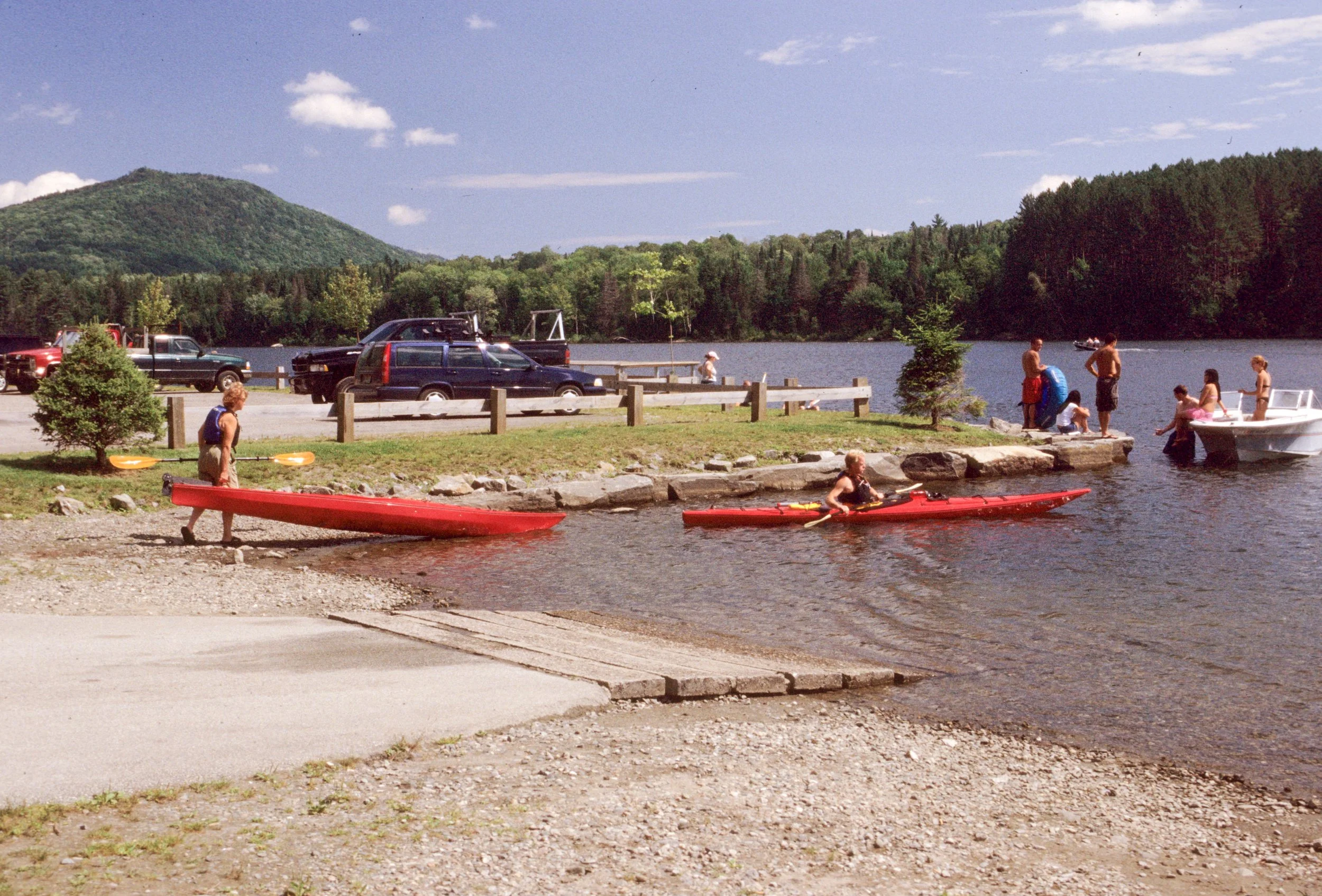
Reminder: Fires, swimming are prohibited at state fishing accesses
With the beginning of summer and anglers fishing from shore, the Vermont Fish & Wildlife Department reminds people that open fires and swimming are prohibited at all Vermont state fishing access areas.

Delay mowing to protect grassland birds
Bobolinks, Savannah sparrows and eastern meadowlarks enrich our summers with their songs, but their populations have suffered dramatic, long-term declines due to the loss of their grassland habitat.

As bears wake up, Vermonters can take steps to prevent conflicts
The Vermont Fish & Wildlife Department has begun to receive reports of bears coming out of their dens as the weather warms.

Alpine plant believed locally extinct rediscovered on Mt. Mansfield
MONTPELIER – The Vermont Fish and Wildlife Department has announced that the purple crowberry, a diminutive alpine shrub last documented in Vermont in 1908, has been rediscovered on Mt. Mansfield thanks to a keen-eyed observer.

Hunters Asked to Help Collect Deer Teeth
The Vermont Fish & Wildlife Department is asking hunters for help gathering biological data on the state’s deer population this hunting season.

Bat Week is Oct. 24-31 as bats are on the move
The onset of fall sends Vermont’s bats into motion, which makes it an important time for conservation-minded Vermonters to learn about, and help conserve our nine native bat species.
